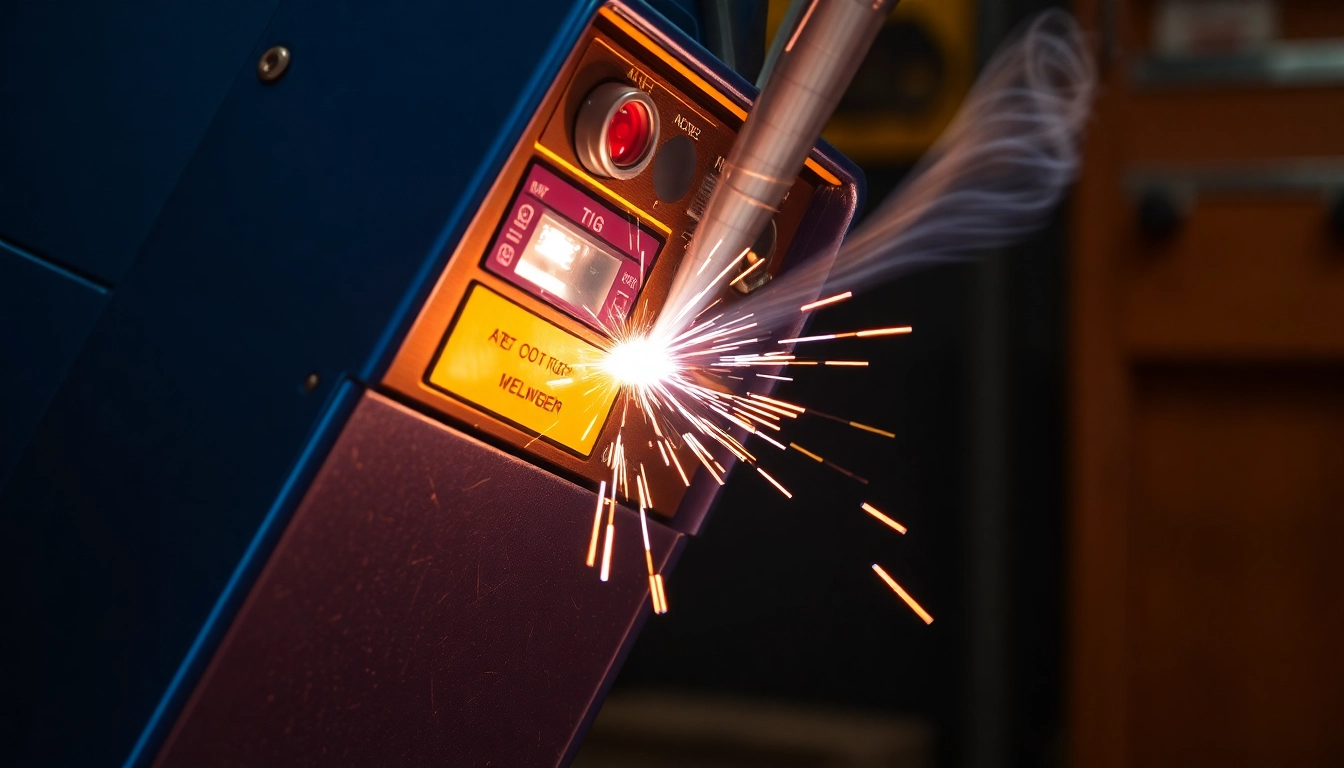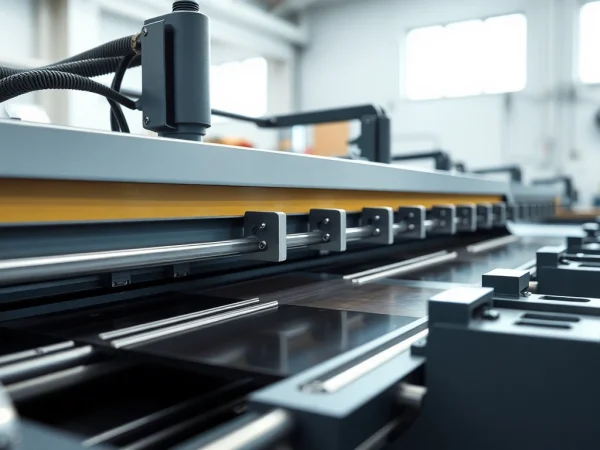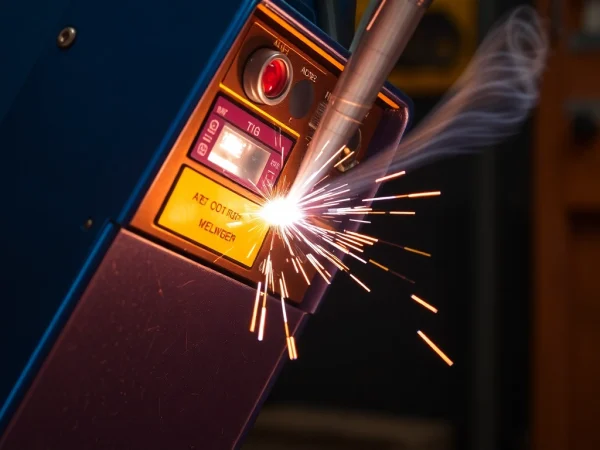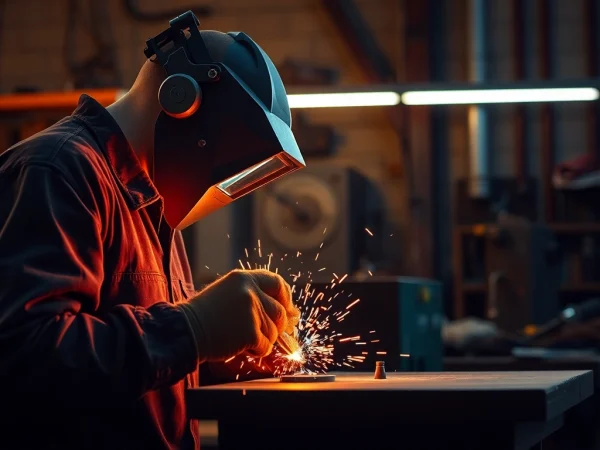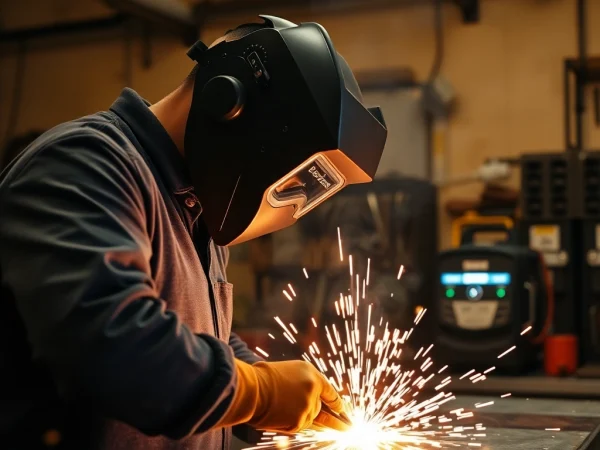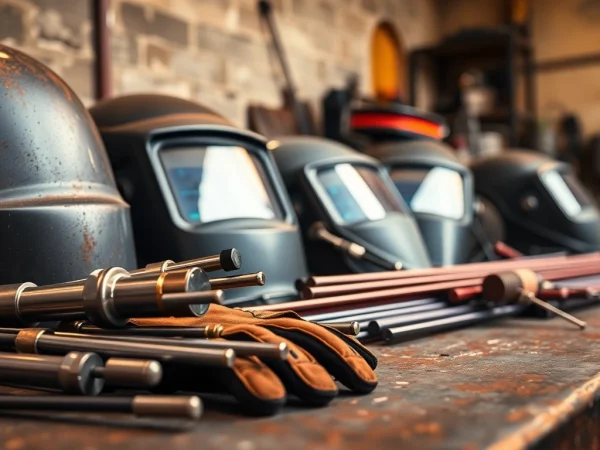Unveiling the Best AC DC TIG Welder: Expert Tips and Reviews for Optimal Performance
Introduction to AC DC TIG Welders
Welding is an essential skill across various industries, from automotive and aerospace to plumbing and art. Among the various welding techniques, TIG (Tungsten Inert Gas) welding stands out for its versatility and precision. Within this realm, ac dc tig welders play a pivotal role, enabling welders to work with a broad spectrum of metals and thicknesses. This article delves deeply into what these machines are, their applications, how to choose the right one, and important operational and maintenance tips.
What is an AC DC TIG Welder?
AC DC TIG welders are specialized welding machines that utilize both alternating current (AC) and direct current (DC) to provide optimal welding solutions for various materials. AC is particularly valuable for welding non-ferrous metals like aluminum, while DC is best suited for ferrous metals like steel and stainless steel. This dual functionality allows welders to switch between currents, depending on the metal being worked on and the desired weld characteristics.
Benefits of Using AC DC TIG Welders
One of the primary benefits of AC DC TIG welders is their versatility. They can be used for a wide range of applications due to their ability to handle different types of materials and thicknesses. Here are some key benefits:
- Versatility: Suitable for various metals, including mild steel, stainless steel, and aluminum.
- Precision: They provide high-quality welds with minimal spatter and distortion.
- Control: The welder has precise control over the heat input, making it ideal for thin materials.
- Clean Process: The use of inert gas eliminates contamination during the welding process.
Key Features to Look For
When shopping for an AC DC TIG welder, consider the following key features:
- Amperage Range: Ensure the welder can handle the required amperage for your projects, typically between 10 to 300 amps.
- Pulse Feature: This helps manage heat, especially on thin materials.
- Type of TIG Torch: A high-quality, flexible torch is crucial for better reach and manipulation.
- Foot Pedal Control: Provides finer control over the heat while welding.
- Duty Cycle: Determines how long the welder can operate before needing a cooldown period.
Applications of AC DC TIG Welders
Welding Aluminum and Other Non-ferrous Metals
AC TIG welding is essential for working with aluminum and magnesium—materials that require alternating current to produce clean, strong welds without contamination. This section will explore the unique challenges and considerations when welding these materials.
Aluminum welding, in particular, requires a different approach than ferrous metals. The welder must account for the material’s thermal conductivity and the oxidation layer that forms on its surface. Using pure tungsten electrodes with a specific AC balance helps ensure that the aluminum is properly melted and joined.
Design Considerations for Various Industries
AC DC TIG welders are widely applicable in numerous sectors, including:
- Aerospace: Requires high-precision welding for critical components, often using aluminum and titanium.
- Automotive: Utilized for frames and bodywork, demanding clean and strong welds.
- Marine: Welding aluminum for boat hulls, where corrosion resistance is paramount.
- Manufacturing: Fabrication of components across various products and machinery.
Pros and Cons in Specific Use Cases
Like any tool, AC DC TIG welders come with their own set of advantages and disadvantages depending on the specific use case.
Pros:
- High-quality welds that are aesthetically pleasing.
- Flexibility in choosing the current type for different materials.
- Controlled heat application minimizes warping and burn-through.
Cons:
- Higher initial investment compared to other types of welders.
- Requires more skill and practice to achieve quality results.
- Longer setup and preparation time.
Choosing the Right AC DC TIG Welder
Factors Affecting Selection
Selecting the right AC DC TIG welder involves considering several factors:
- Welding Material: Identify the primary materials you will be working with to determine necessary features.
- Project Size: Larger projects may require welders with higher amperage and duty cycles.
- Experience Level: More advanced welders offer additional features that may be overwhelming for beginners.
- Budget: Establish a budget that allows for not only the welder but also necessary accessories and gas supplies.
Top Brands and Models Reviewed
Several reputable brands excel in the AC DC TIG welder market. Some notable models include:
- Everlast PowerTIG 250EX: Known for its high performance and budget-friendly pricing.
- Lincoln Electric Square Wave TIG 200: Renowned for user-friendly features and reliability.
- Miller Syncrowave 210: Offers robust features and superior build quality, ideal for professional settings.
- PrimeWeld TIG225x: Excellent for beginners and has received favorable reviews for its performance and durability.
Price Comparisons and Budget Considerations
The price of AC DC TIG welders can vary significantly based on their features and brand. As a general guide:
- Entry-Level Models: $300 – $800; suitable for hobbyists and light-duty applications.
- Mid-Range Models: $800 – $2,500; feature-rich options for serious welders or small businesses.
- Professional-Grade Models: $2,500 and above; designed for industrial applications with high duty cycles and advanced features.
Operating Tips for AC DC TIG Welders
Setting Up for Success
Proper setup is crucial for successful TIG welding. Here are some guidelines:
- Cable Management: Ensure leads and cables are organized to prevent tangling and wear.
- Gas Settings: Adjust gas flow to the appropriate level to create a shielding atmosphere.
- Torch Positioning: Position your torch at the correct angle for optimal control and visibility.
Techniques for Quality Welding
To achieve high-quality welds, focus on the following techniques:
- Travel Speed: Maintain a consistent speed to ensure uniform heat distribution.
- Material Preparation: Clean materials thoroughly to remove contaminants.
- Control of Heat Input: Use the welder’s settings to adjust for different thicknesses and materials.
Common Mistakes to Avoid
New welders often make preventable mistakes. Here are some you should watch out for:
- Inconsistent Travel Speed: This can lead to weak or uneven welds.
- Poor Preparation: Skipping cleaning steps can result in contaminated welds.
- Incorrect Parameters: Always double-check the machine settings for the material being used.
Maintaining Your AC DC TIG Welder
Regular Maintenance Practices
Proper maintenance extends the lifespan of your welder and ensures optimal performance. Regular tasks include:
- Cleaning: Keep the torch, leads, and work area clean from debris and contamination.
- Checking Connections: Regularly inspect all connections for signs of wear or damage.
- Electrode Replacement: Change out electrodes as needed to maintain quality welding.
Troubleshooting Common Issues
If issues arise, here are common problems and their solutions:
- Inconsistent Arc: Check gas flow and ensure connections are tight.
- Poor Penetration: Adjust the amperage or travel speed to match the material thickness.
- Contamination: Reassess cleaning procedures and work environment.
Extending the Lifespan of Your Welder
To maximize the lifespan of your AC DC TIG welder, follow these practices:
- Regular Professional Servicing: Schedule periodic professional check-ups.
- Proper Storage: Store in a dry place and protect from harsh conditions.
- Use Quality Consumables: Invest in high-quality tungsten, filler metals, and gases.
